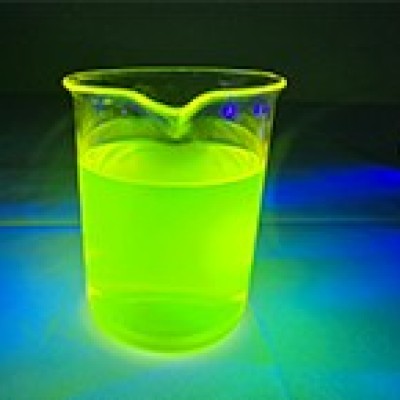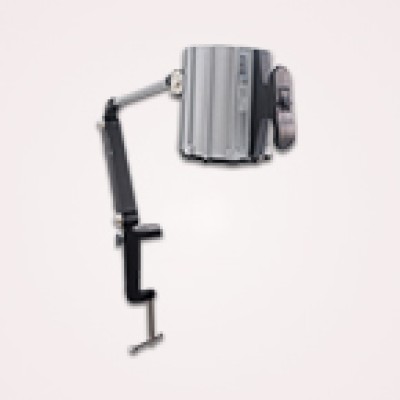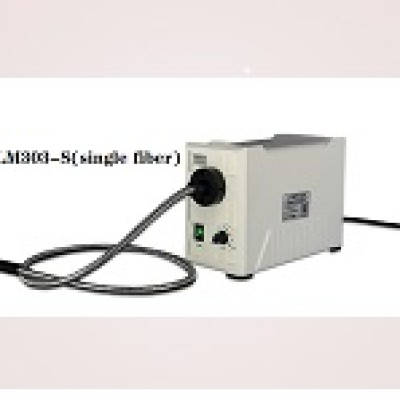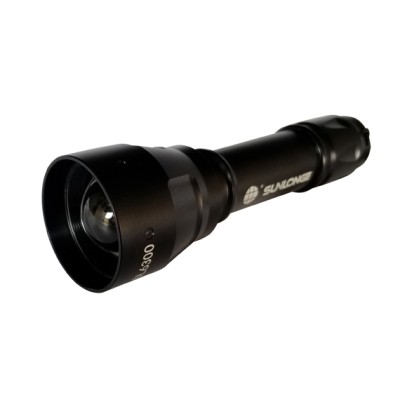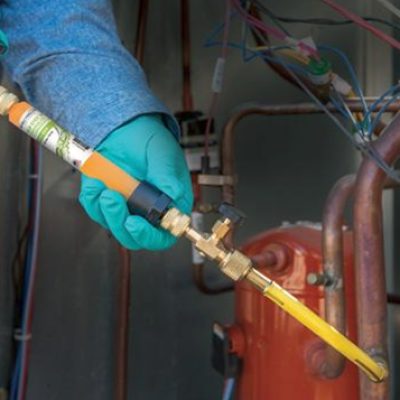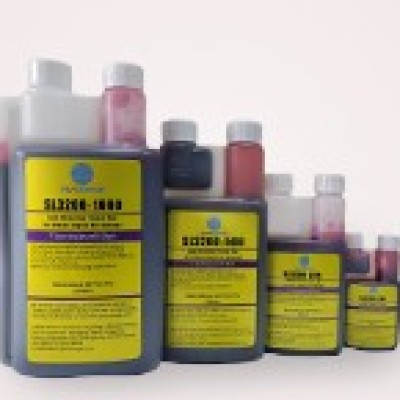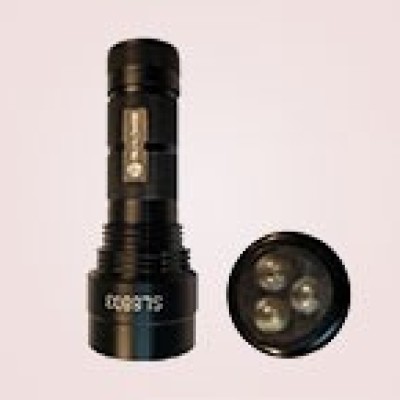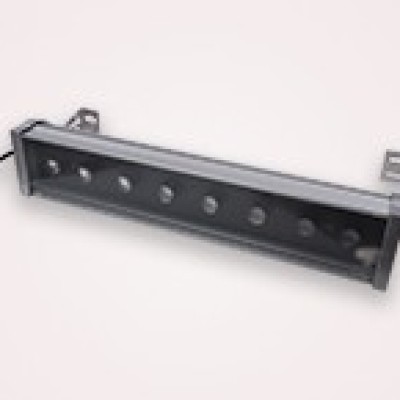Have you ever wondered how technology is revolutionizing the world of non-destructive material testing? The emergence of UV NDT lamps has been a game-changer. UV NDT lamps are the newer technology that's rapidly replacing traditional inspection methods in non-destructive material testing. These lamps use UV-light-emitting diodes (UV-A-LEDs) to generate the necessary UV-A irradiation for inducing fluorescence in fluorescent penetrant inspection (FPI) and magnetic particle inspection (MPI). In contrast, traditional methods rely on mercury vapor lamps. These lamps are becoming less popular due to their shorter service life and longer warm-up time. This article offers a data-driven comparison of the advantages and benefits of UV NDT lamps over traditional inspection methods.
What are UV NDT Lamps?
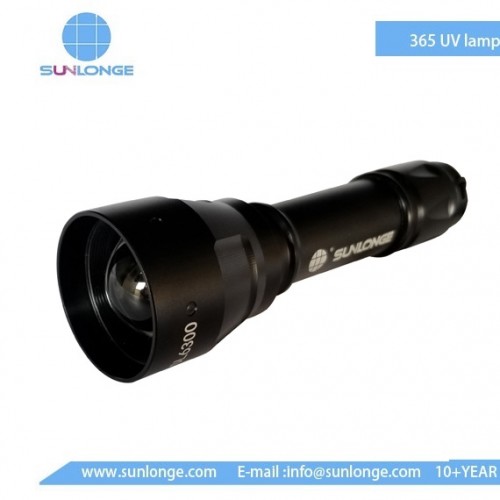
UV NDT lamps are specialized lamps used in non-destructive testing (NDT) to detect surface and subsurface defects in materials, such as cracks, porosity, and discontinuities. These lamps work by illuminating the test area with ultraviolet (UV) light. Manufacturers design these lamps to emit UV radiation with a wavelength of 365 nm (+/- 20nm) to produce fluorescence in penetrants and magnetic particle materials. With these UV NDT lamps available in various types, most NDT professionals prefer this alternative. In addition, UV NDT lamps offer greater efficiency, lower cost, and longer lifespan compared to traditional lamps.
What is Traditional Inspection?
Traditional inspection refers to a visual assessment of a property's accessible features. In this assessment, any type of destructive testing is not permitted, and the inspection service is based on what can be seen. Individuals apply this type of inspection to residential, commercial, and mixed residential/commercial properties. With the inspection involving manual procedures, most professionals are quickly shifting to UV NDT lamps. The process is usually subjective and prone to human errors.
Advantages of UV-LED Lamps in NDT
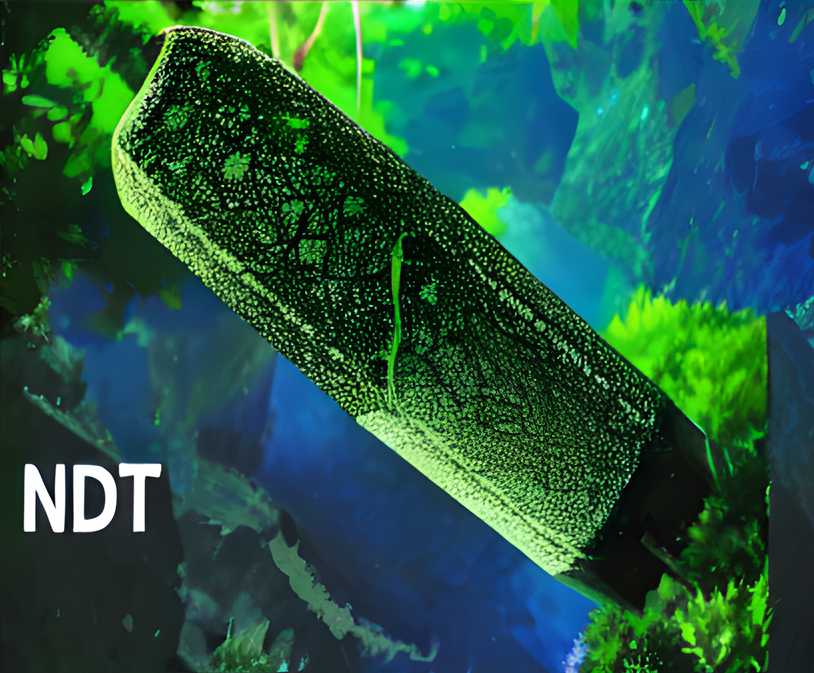
UV-LED lamps offer several advantages over traditional UV-A light sources, such as mercury-vapor lamps, xenon, metal halide, or halogen burners. Here are some of the advantages UV-LED NDT offers over traditional inspection:
Peak wavelength and emission spectrum
One of the key factors that make UV-LED lamps superior over traditional inspection is their peak wavelength and emission spectrum. The peak wavelength of UV-LED lamps should be within the range of 360-370m to ensure optimal fluorescence in NDT, which leads to more accurate and reliable testing results. In contrast, traditional UV lamps emit a broader range of wavelengths that makes them less effective in providing the necessary fluorescence for NDT inspections.
Customized UV irradiation systems
Customized UV-LED technology allows for the development of perfectly tailored UV irradiation systems. This aspect helps enhance the quality and reliability of fluorescent crack detection in ways not possible with traditional lamps. These customized systems offer high irradiance and emission and can be designed to meet various shape and usage requirements. UV-LEDs also offer greater control with instant on/off and pulsing options and can provide light at a fixed wavelength. Thus, it allows for optimization of the wavelength, form factor, and control options to suit specific applications.
Safety and environmental-friendliness
UV-LED lamps are a safer and more environmentally friendly option for NDT inspections, as they contain no mercury or other hazardous materials, ensuring a hazard-free NDT inspection process. According to the Occupational Safety and Health Administration (OSHA), incidents related to chemical exposure decrease by a solid 30% when UV-LED lamps are used. This property not only ensures the safety of inspectors but also contributes to a 45% reduction in chemical waste, as the National Association of Non-Destructive Testing (NANDT) reports.
Stability of UV intensity
High-quality UV-LED lamps offer a UV intensity stability of 85-95%. The high intensity ensures consistent and reliable performance during NDT inspections that helps reduce the risk of errors or inaccuracies. The stability and consistency of the UV light output, including the radiant power and irradiance, are crucial factors to consider when selecting a UV-A lamp for NDT service. The stability of the UV intensity refers to the three measurements taken at 30-minute intervals that are within +/-3% variance. In addition, UV-LED lamps are more energy-efficient, have a longer lifespan, and offer superior illumination compared to traditional lamps.
Flexibility and versatility
UV-LED lamps are more flexible and versatile than traditional lamps. Their flexibility and versatility make them suitable for various NDT applications, including magnetic particle testing and penetrant testing. In addition, it helps improve the efficiency and effectiveness of NDT inspections. You can always consider this alternative to enjoy lower operating costs, instant start, shorter cure time, compact configuration, and longer lifespan.
Conclusion
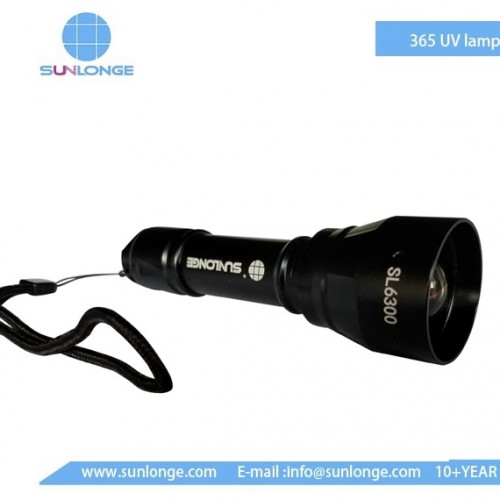
UV NDT lamps offer significant advantages over traditional inspection methods in the NDT industry. Their safety, efficiency, and environmental-friendliness, coupled with their ability to provide better, faster, and safer testing than traditional UV-A emitters, make them a preferred choice for NDT professionals. When selecting a UV-A light for NDT service, consider the peak wavelength, emission spectrum, certifications, and additional accessories & features to ensure optimal performance and reliable test results.
 CN
CN

